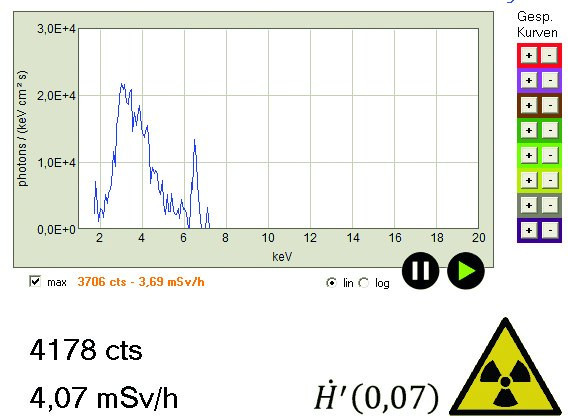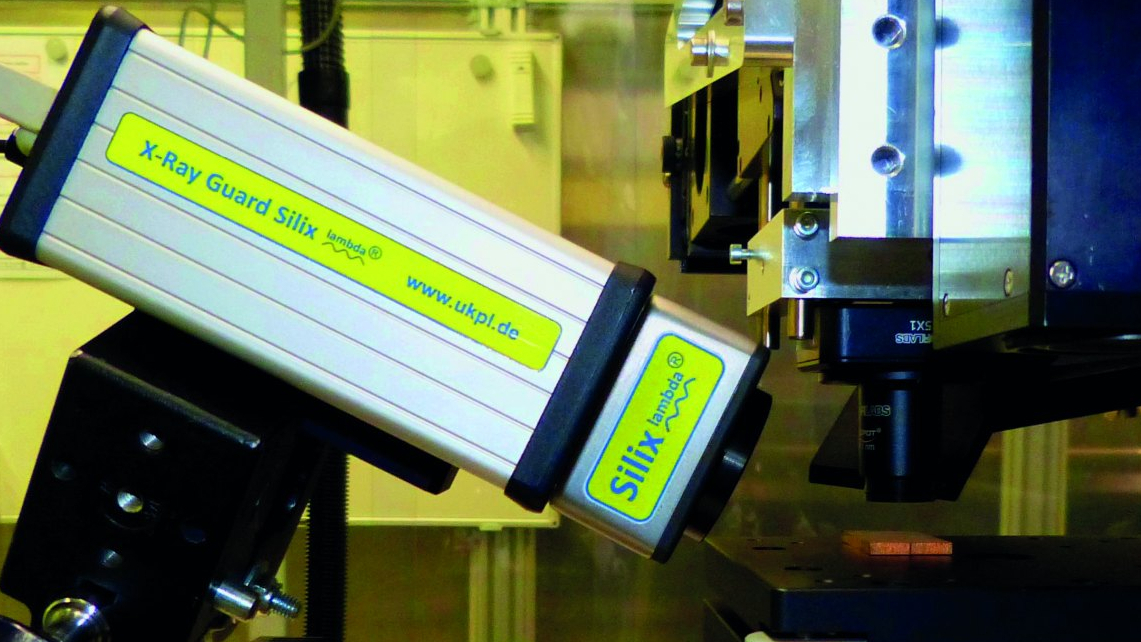When processing metals with the ultrashort pulse laser, unavoidable X-ray radiation is generated. Examples include structuring printing stencils, removing metal layers from printed circuit boards and drilling or scribing thin and thick film substrates. The Radiation Protection Act must be observed here.
In the new Radiation Protection Act of May 20, 2021, the legislator has stipulated in § 5 and § 7 that all old and new ultrashort pulse laser machines must be registered with the authorities. The operator of a USP laser machine must voluntarily appoint a radiation protection officer and a radiation protection officer and must initiate a mandatory notification procedure with the radiation protection authorities.
On October 1, 2021, the 'Requirements for the testing of USP laser systems ...', which could generate X-rays, were published. The 45-page document describes what the operator must do, which X-ray parameters must be measured, who may carry out the measurements and which documents the operator must submit to their state authority.
 Fig. 2: X-ray spectrum during the processing of a steel foil with the ultrashort pulse laser
Fig. 2: X-ray spectrum during the processing of a steel foil with the ultrashort pulse laser
Figure 2 shows an X-ray spectrum as it can occur when processing sheet steel with the USP laser. The X-ray radiation emitted has a local dose rate (0.07) of 4070 µSv/h and is therefore 40,000 times higher than natural radiation. The annual limit value for a person would be reached after just 12 hours if no protective housing were available. The housings of the USP laser machines must provide sufficient and absolutely safe protection against X-rays.
Figure 1 shows the SILIX lamda measuring device measuring the worst case. All 3 dose rate types required by law are immediately determined from the photon spectrum. The measuring device can also be used to control the laser machine in order to avoid exceeding the limit values of the protective housing. The author provides information on the design of protective enclosures, testing and measurement technology for USP laser machines on the website listed below. The 45-page publication is also available there. The author also offers a training course for operators of USP laser machines via TAE Esslingen: 'Specialist knowledge in radiation protection when operating laser processing machines (60114)'.


